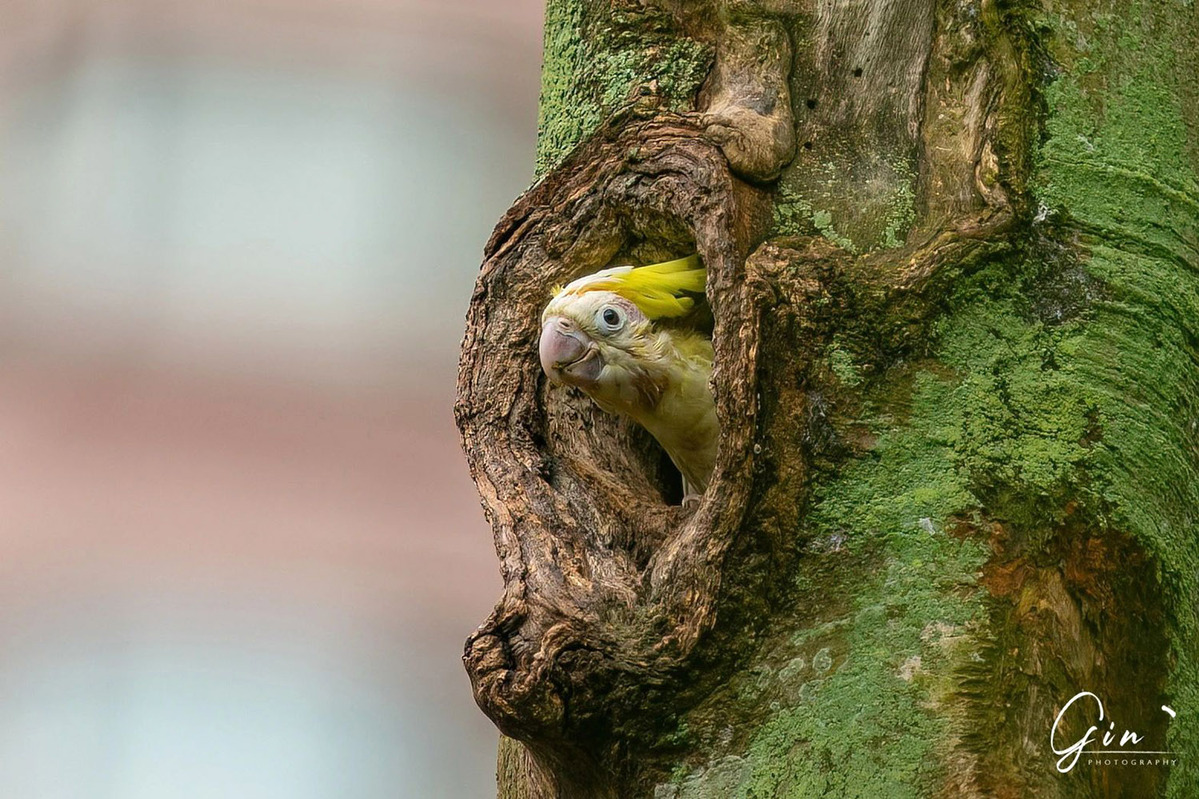Feathers across borders
Hong Kong's lesser-known role as a sanctuary for endangered species reveals a new facet of the city's ecology. This bustling metropolis plays a vital part in reversing biodiversity loss and supporting conservation beyond its limits. Rebekah Zhang and Kira Jiang report from Hong Kong.


Conservation in cities
As urban spaces become unexpected allies in biodiversity protection, Andersson urges people to think differently and flexibly about conservation work, as more species are seeking refuge in cities.
She notes that one key initiative the Hong Kong Special Administrative Region government could prioritize is raising public awareness about the city's amazing wildlife and the efforts behind it. For instance, country parks account for 40 percent of the SAR's total area under the Country Parks Ordinance, and all wild birds, their nests and eggs are protected under the Wild Animals Protection Ordinance. Notably, the yellow-crested cockatoo has been legally protected since 2006 under the Protection of Endangered Species of Animals and Plants Ordinance.
With more than 580 species recorded, the city boasts one-third of the total bird species in China. "Those birds are providing an opportunity for Hong Kong people to interact with wildlife, which is so precious and nice. City people have some access to rare endangered species, thereby participating in conservation and getting excited about wildlife," says Andersson.
Yet, coexistence with urban wildlife faces ecological-social dilemmas.
Andersson notes that, in the past eight years, over 60 percent of tree holes housing the cockatoos have been removed out of concern about falling branches from old, fragile trees. She is now leading a project to design and install nest boxes as artificial alternatives to tree holes, aiming to provide optimal breeding conditions and counter the bird population's reproductive decline.
In the past nine years, Andersson has maintained regular contact with the SAR authorities regarding funding applications, activity permits and ongoing updates on research findings and publications. "The government is very enthusiastic, supportive and responsive," she says. "Not every researcher can speak directly to the government conservation department. That's unique to Hong Kong."
The yellow-crested cockatoo's case offers a glimmer of hope for conservation. This is a rare positive story, demonstrating that even in one of the world's most developed and densely urbanized metropolises, wildlife can still find a way to thrive. It also serves as an encouraging example for other rapidly expanding Asian cities, proving that coexistence is possible if conservation measures are prioritized.
"The coexistence is a kind of unique attraction for Hong Kong on the global stage and it's like a name card of our environment protection," says Andersson.























